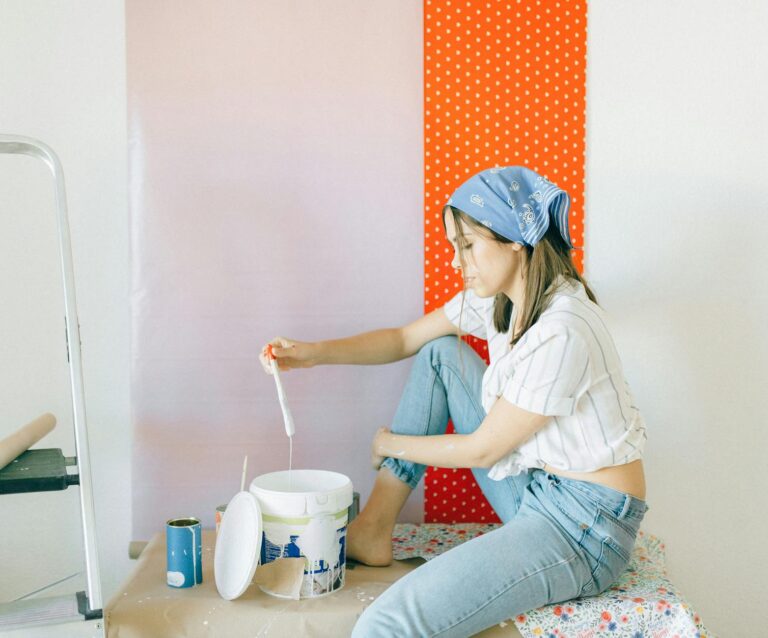AD | Featured
Vinyl flooring was once popular in the 70s, known for its easy-clean properties and bold patterns. Today, it has had something of a resurgence thanks to modern technology, which allows designers to get creative with digital printing – for modern, hardwearing floors that make a statement. Vinyl flooring is suitable for every aesthetic, from minimal Scandi-style wood to sophisticated marble. For the brave, abstract patterns work well, particularly in small spaces such as bathrooms.
Vinyl Flooring Designs
The beauty of vinyl flooring is that it can be as bold or as subtle as you like. If you’re looking for something practical that will blend in, wood effect vinyl is the way to go. You can easily create a loft-style cool space or a tasteful cosy cabin. In the kitchen or bathroom, tiles can be an expensive investment, but tile effect vinyl flooring is a fun way to experiment with tiles from all over the world, such as vintage Portuguese motifs or Islamic art-inspired patterns.
If you are a lover of the always-trendy industrial look, stone effect flooring offers the concrete aesthetic without the heavy lifting and hefty price tag. If you’re not sure which look to go for, Pinterest is a great source of inspiration.
Of all the vinyl flooring options, patterns are the most versatile. From mathematical geometric shapes to funky retro and floral, there’s plenty of room to experiment. The latest collection from vinyl flooring designer Atrafloor is inspired by abstract watercolour – using playful brush strokes to create a unique floor. The soft colour palette makes the bold designs liveable. There are six designs in the collection, starting from £59.00/m2.
Benefits of Vinyl Flooring
As well as being bold and fun, the vinyl floor is lightweight yet hardwearing. It stands up to heavy foot traffic, meaning it’s perfect for busy family homes. It’s also low maintenance and dust-free. Vinyl is often quick to install which makes it a good option for a hasty home makeover.
When you purchase, it will come in either sheets or strips that you can install yourself, or leave to a professional. Fitting it is similar to laying wallpaper – you’ll need an adhesive – and you must match up the pattern as you go. The supplier of your vinyl will always be able to advise you on the best method of installation.





















No Comments